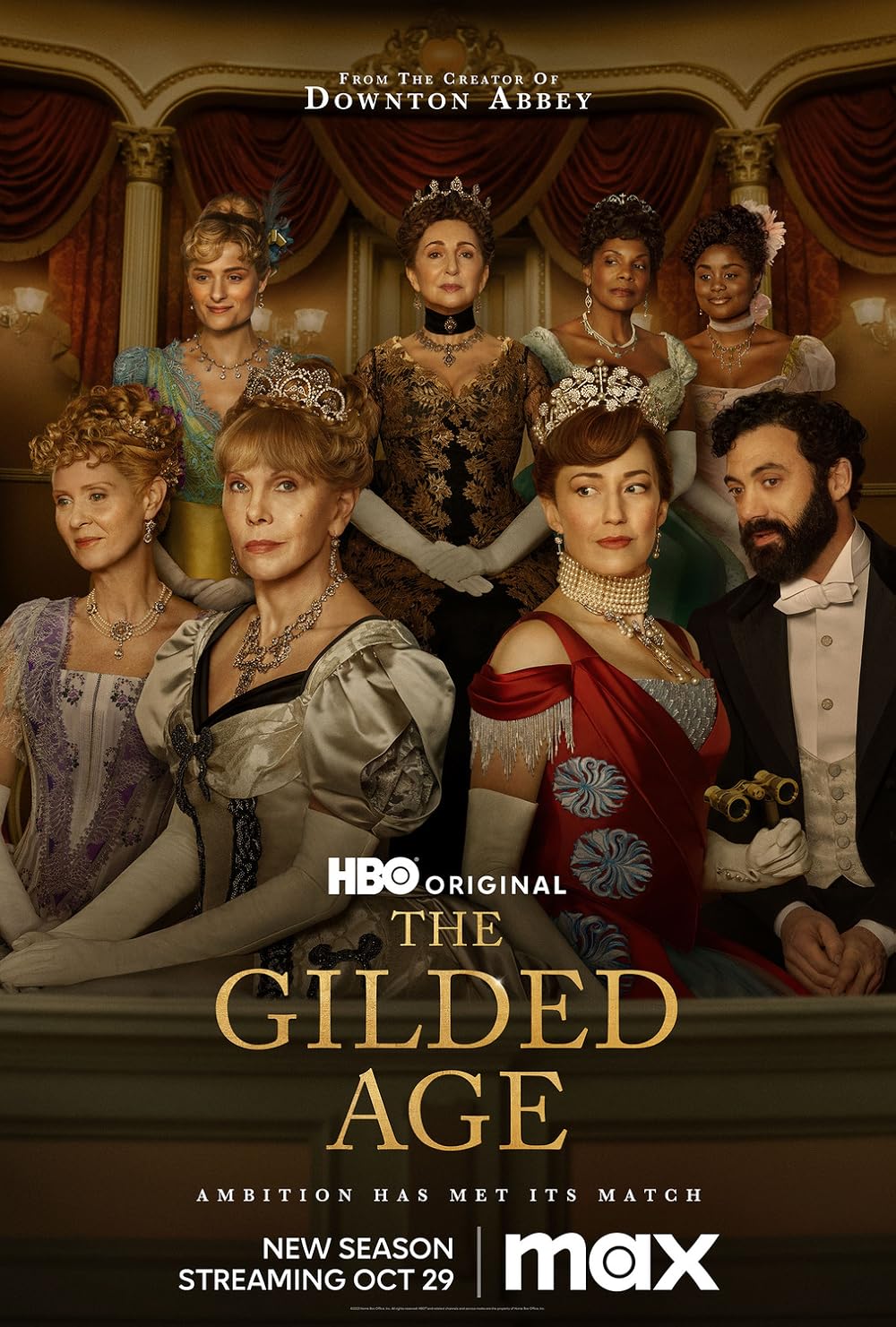Even though the United States had boomed in size in the decades since its founding, daily life for most Americans remained largely unchanged by 1860. Homes had no electricity or running water. People cooked with fire, read by candlelight, and rode in carriages or on horses. (Those traveling long distances would be lucky to board one of the brand-new railroads that had begun to crisscross the nation.) Slavery, though hotly contested, was still legal, and women’s legal identities were subsumed by their husband’s upon marriage under the system of coverture. Hardly anyone went to college, and most people lived out their relatively short lives within a few miles of where they were born.
By the time those born around the time of the Civil War—like social reformer Jane Addams, three-time presidential nominee William Jennings Bryan and their peers—came of age, nearly every aspect of their world had changed. Between the 1870s and the dawn of the 20th century, Americans witnessed revolutions in daily life, from what they wore to how they traveled to where they resided to how they spent their leisure time. As the so-called Gilded Age took shape, transformations in technology, culture and politics ushered in modern America, for better and for worse. Mark Twain, who coined the moniker “The Gilded Age” in his 1873 novel of the same name, used it to describe the era’s patina of splendor—gilded, after all, is not gold—and the shaky foundations undergirding industrialists’ vast accumulation of wealth.
“The Gilded Age,” a new HBO series created, written and produced by Julian Fellowes of “Downton Abbey” fame, dramatizes these tectonic changes from the perspectives of two fictional, dueling families: the van Rhijns and the Russells. Premiering January 24, the show highlights the tension between New York City’s old and new monied elite. “The important word is gilded,” Fellowes tells Entertainment Weekly. “... [T]hat tells us it was all about the surface. It was all about the look of things, making the right appearance, creating the right image.”
